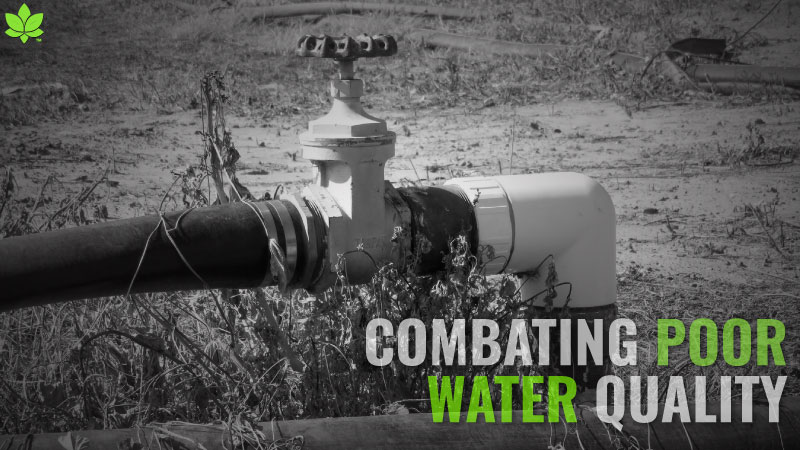NMSU Researchers Use Protected Agriculture For Season Extension

The demand for safe, nutritious, affordable local food, particularly for fresh fruits and vegetables, is rising in New Mexico.
However, locally grown vegetables are scarce during the winter because the air and soil temperatures are not conducive to plant growth, but there are plenty of clear, sunny days.
“In New Mexico, 92% of the agricultural producers are small-acreage farmers,” said Del Jimenez, New Mexico State University (NMSU) Cooperative Extension Service agricultural agent. “They are looking for ways to make that limited acreage economically productive by extending the growing season.”
For many years, NMSU’s Extension agricultural agents have promoted extending the growing season by using economical, passively heated hoop houses. Since 2001, Jimenez has taught hundreds of growers how to build these structures during more than 240 construction workshops around the state and region. Because of this training, approximately 1,400 hoop houses have been built.
A hoop house, or high tunnel, is a structure through which a person may walk, unlike the low tunnel or row cover that has a low clearance from the ground. The 32-foot-long structure is constructed with wood and PVC pipe for support and plastic for cover and ranges in width from 16 feet to 20 feet.
Season Extension Benefits
The hoop house has given farmers a way to extend their growing season up to four months, and even through the winter for cool weather crops.
“We’ve known that with the right crops grown at the right time, growers could produce year-round,” Jimenez said. “The key has been selecting the right crop, which is done by knowing the temperature range best for the plants to grow.”
No research in the Southwest has documented the impact of the hoop house on the air and soil temperature during the winter. However, such data has been accumulated for other regions of the United States.
A three-year winter greens production study by NMSU, funded by the Western Sustainable Agriculture Research and Education grant program, gathered air and soil temperatures during October through March at 18 hoop houses located across northern New Mexico, including at NMSU’s Sustainable Agriculture Science Center at Alcalde; southern Colorado; eastern Arizona; and at NMSU’s Leyendecker Plant Science Center in Las Cruces.
“We decided to study the nighttime heat-retention capacity of three hoop house designs,” said Mark Uchanski, an associate professor in NMSU’s Department of Plant and Environmental Sciences.
The three hoop house designs include one with a single sheet of plastic, another with a double sheet of plastic with forced air between the two layers, and a third that built on the double sheet design with the addition of black 55-gallon water barrels to absorb and re-radiate the day’s heat.
“We learned that temperature at night is buffered better by the double-layer model and the barrel model, but it doesn’t necessarily translate to better yield to justify the expense,” Uchanski said.
Spinach and lettuce were the cool season crops grown during the study. These plants grow best at about 45 to 75° F.
“It’s the night temperatures that are critical for crop survival and to prevent crop damage,” Uchanski said. “At night, the inside temperatures got cooler than the target range, but not enough to cause crop damage. While the single layer of plastic design was sufficient to produce a crop, a secondary layer of row cover woven material is very good for additional protection and growth.”
The air temperature under the row cover was an average of 5 to 10 degrees warmer than the air inside the hoop house during the day and night.
“That little bit of temperature difference can translate to a yield difference. It’s really worthwhile to put the extra protection over the plants,” Uchanski said.
During the study, the spinach and lettuce were planted in October and November, and harvested throughout the winter, with the last harvest in mid-March. The yield per hoop house was nearly 100 pounds harvested during the course of the study.
“At that yield, a grower could recoup the $800 to $1,200 construction cost within a couple of seasons,” Jimenez said. “Local lettuce and spinach in the winter can earn up to $8 a pound.”
Source: NMSU press release









